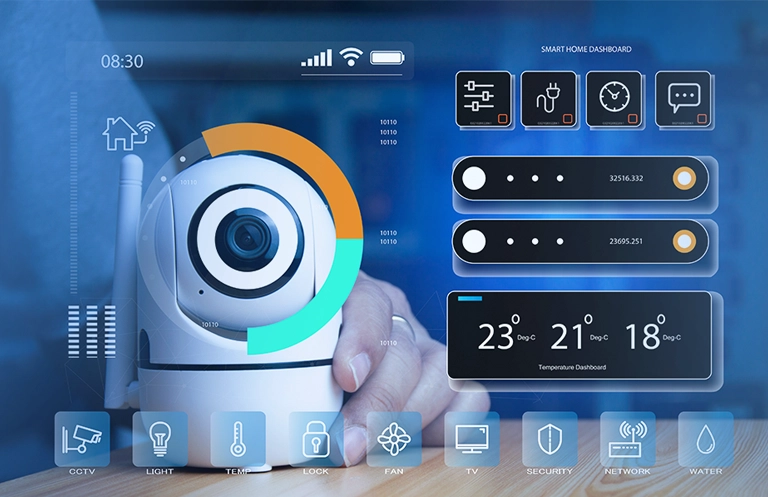The global home automation system market is expected to increase from US$ 32.11 BN in 2015 to US$ 78.27 BN by 2022, at a Compound Annual Growth Rate (CAGR) of 12.46% between 2016 and 2022. The growth of the home automation system market is recognized to factors such as significant growth in IoT market, cost reduction measures enabled by home automation systems, large number of manufacturers expanding their product portfolios, and increase in importance of home monitoring from remote locations.
The home automation system market is predicted to grow at the highest rate in near future. Strong economic growth, increase in population and improving standards of living leading to a sophisticated infrastructure are some of the major factors driving the growth of the market.
North America held the largest segment of the global home automation system market because of some factors like increase in demand for reliable home energy management systems, enhanced home security levels, and increasing acceptance of integration of smart devices such as tablets and smartphones in home automation solutions.
The home automation system market has been classified on the basis of various products segments such as lighting control, HVAC control, energy management controls, security & access control and entertainment controls. The market is segmented on the basis of software and service into behavioral and preemptive solutions. On the basis of geography, the market has been segmented into North America, Europe, APAC, and Rest-of-the-World (RoW). Considering the increase in demand for lighting, energy and entertainment controls, the growth of this market is expected to be high. Also the connection rate of home automation systems is supposed to increase during the forecast period because of the convenience benefits and real-time energy consumption feedback achieved through proactive solutions.
An automated home called “Smart Home” consists of many devices such as door locks, security cameras, smart remote, thermostats, temperature & water sensors, smart lights, garage door sensors, motion sensors, heating & cooling systems, lighting controls etc. It also allows controlling all these devices remotely from anywhere in the world using a smart phone app or a computer connected to the internet. All these devices will be networked together to provide a seamless control all over the home.
Security is the main concern behind the installation of a smart home system. The new age of smart home and security products offers more visibility and control over their homes than the previous traditional security systems.
How DevOps can be implemented in Home Automation?
In IoT, Devops helping in building the software platform to run all the connected devices in the home automation systems. Through that platform an organization can serve millions of customers to help them connect their devices via cloud. DevOps can be helpful in managing stateful and historical data at large scale. Customer can have a real time experience and virtualization of all home data through continuous integration and deployment using DevOps. Through automated build verification testing (BVT), continuous deployment efforts can be reduced. Continuous remote monitoring helps in keeping an eye on all the activities happen in the home from anywhere in the world.
Health of devices can be monitored through continuous monitoring of the connected devices. Continuous software and firmware updates help devices updated with the latest technology. Through DevOps, the quality of software and the speed to market can be improved by reducing the governance and compliance risks.
eInfochips offers DevOps/CloudOps expertise and consulting, end-to-end implementation, tools evaluation and execution, faster time-to-market, reduced monitoring efforts through automation, cost saving through reduced release time and efforts.
Check out eInfochips white paper on DevOps in home automation.













